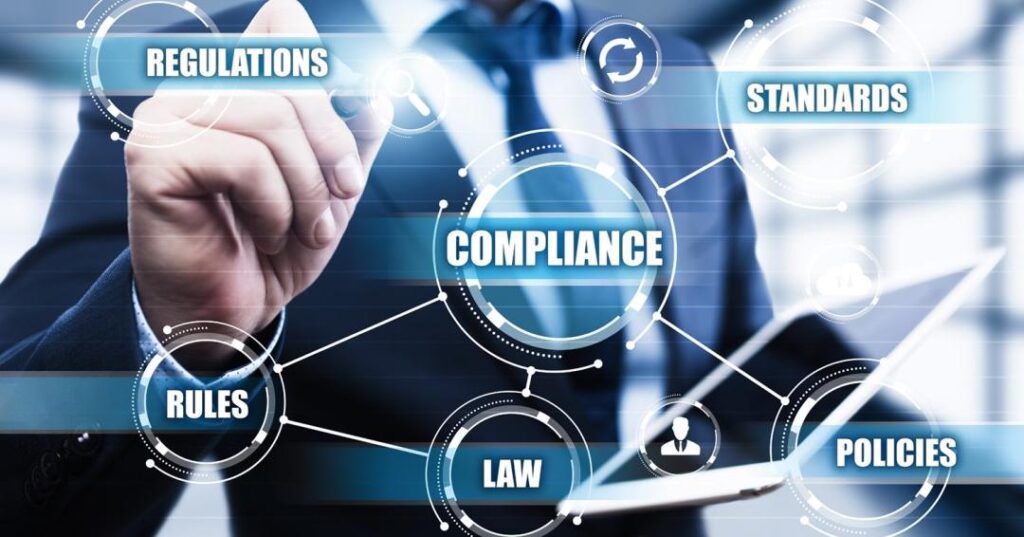Our planet is more connected than ever, and more and more businesses are operating at an international, maybe even global scale – transcending both borders and time zones. While this brings, of course, not too long-ago unprecedented opportunities, it also presents a rather complex challenge: navigating country-specific cybersecurity regulations. As each country sets its own specific standards, expanding businesses encounter a myriad of regulatory frameworks that can vary enough to cause complications, if not understood properly.
Technical Challenges in Ensuring Compliance
Of course, this article doesn’t aim to give professional advice, but rather an insight into a delicate subject whose relevancy is further growing. Businesses must recognise that cybersecurity regulations are not a one-size-fits-all proposition. Though the primary goal is to protect digital assets and sensitive information, approaches vary, sometimes drastically. For instance, the European Union’s General Data Protection Regulation (GDPR) imposes stringent standards on data protection and privacy, whereas China’s Cybersecurity Law emphasises data localisation and strict government oversight. A lot of the laws reflect the country’s inherent cultural values, so a lot of differences can not only be found when it comes to data protection but also things like online copyright infringements, cybercrimes and their responsible jurisdictions – but also freedom of speech.
This can all be a lot, of course, so the help of expert advisers is necessary – like that of Alexandra D’Archambeau, IT Advisory Director with RSM Belgium. “Solid agreements need to be in place between remote or hybrid workers and employers,” she says. “Everything signed off, no surprises on either side, with clear policies and procedures that futureproof the arrangement.” Proactively established frameworks that not only adhere to local regulations but also ensure seamless collaboration across borders. But it doesn’t stop there. “And what about technical hardware issues with company equipment? Is there a trusted remote third-party repair, will travel back to the HQ IT team be necessary, what about associated time-lost, who covers employee insurance – these are some of the many considerations,” says D’Archambeau, pointing out that clear measures must be in place – reliably, for both employer and employee.
Fostering a Culture of Cybersecurity Awareness
Secondly, it’s not sufficient for businesses to view cybersecurity regulations as mere legal obligations; rather, they should be seen as integral components of a broader risk management strategy. That’s when fostering a culture of cybersecurity awareness and compliance within the organisation is crucial. All employees at all levels should be educated about the importance of adhering to country-specific regulations, as well as the potential consequences of non-compliance. Implementing robust policies, regular training sessions, and establishing clear communication channels for reporting concerns can help embed this conscious culture within the organisation pre-emptively. Dramatically reducing the risks of data breaches and cyber threats.
The more our digital world evolves, the more urgent those indispensable aspects of operations become. Understanding the requirements in each country is important, as is a culture of compliance within the company. Only then can strategic and informed approaches be made, for a vital component of maintaining a secure and resilient global business ecosystem.






